Over 115 carvings of Bronze Age axes were found on Stonehenge’s sarsens using 3D scanning. Invisible for centuries, they reveal how ancient artists treated Stonehenge as a sacred canvas long after the monument was first built.
12 interesting Stonehenge facts
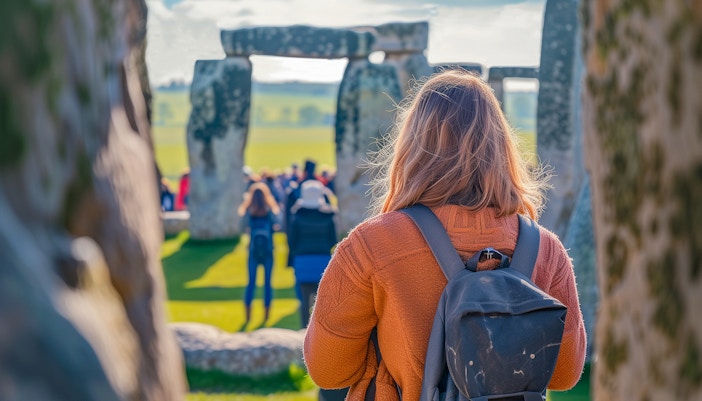
Deeply hidden axes
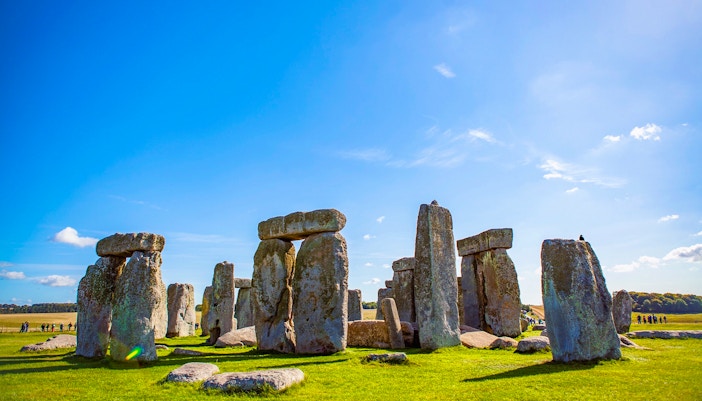
The ringing Rocks
Some Stonehenge stones make bell-like sounds when tapped! These “lithophones” may have added music or ritual rhythm to ceremonies. Their acoustics could explain why certain stones were hauled all the way from far-off Welsh quarries.
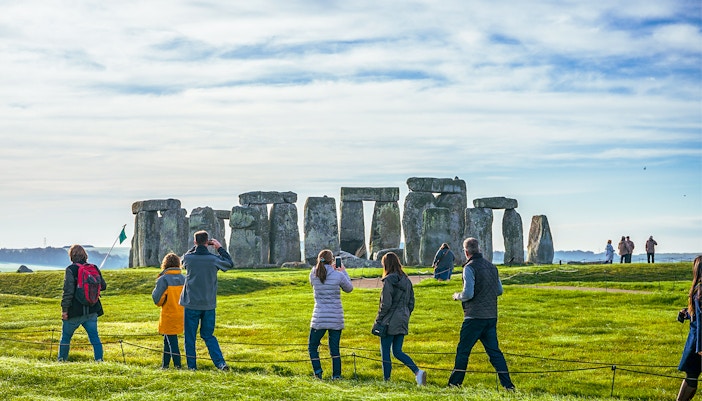
Carved like timber
Stonehenge’s builders used woodworking joints—yes, in stone! Mortise and tenon techniques helped lintels lock into uprights, fitting together with incredible precision. This Neolithic engineering brilliance has helped the monument withstand thousands of years of wind and weather.
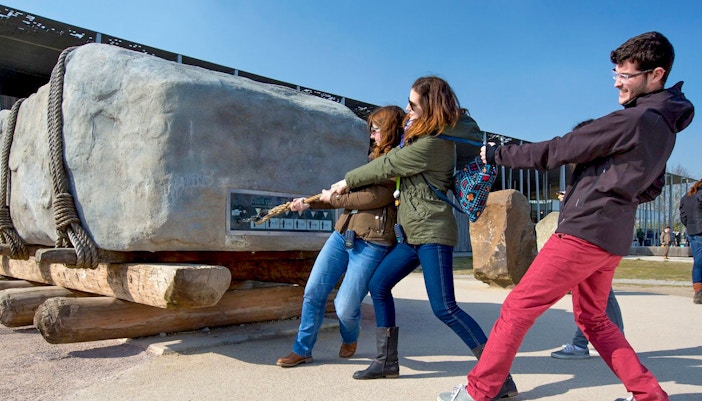
A jawbone heirloom
An ancient cow jaw, already centuries old when buried at Stonehenge, suggests early communities passed down animal relics like family treasures. It hints at strong ancestral ties and the emotional, sacred meaning behind seemingly odd archaeological finds.
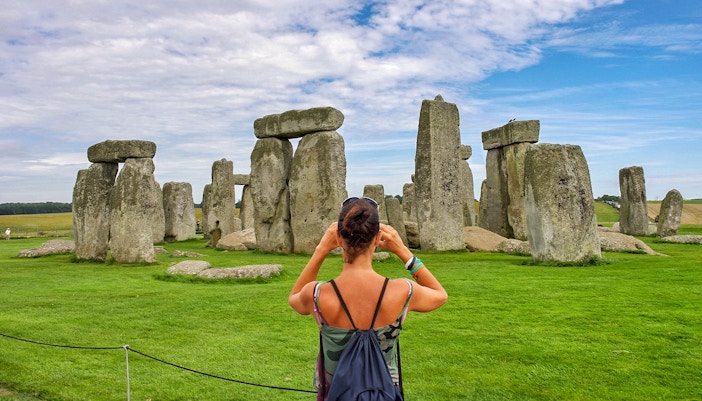
Soundproof Stone Circle
Stonehenge’s design creates a secret audio bubble. Sound amplifies beautifully inside the inner circle while staying muffled outside. That clever acoustic setup may have made rituals feel extra exclusive, or at least kept nosy outsiders from listening in.
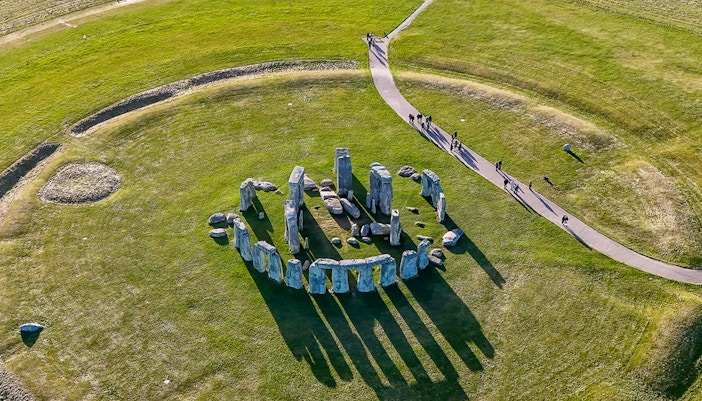
It counted leap years
Stonehenge wasn’t just a stone circle, it worked as a detailed solar calendar. Some researchers think it even accounted for leap days, making it far more advanced than a simple seasonal marker. That’s ancient astronomy at its finest!
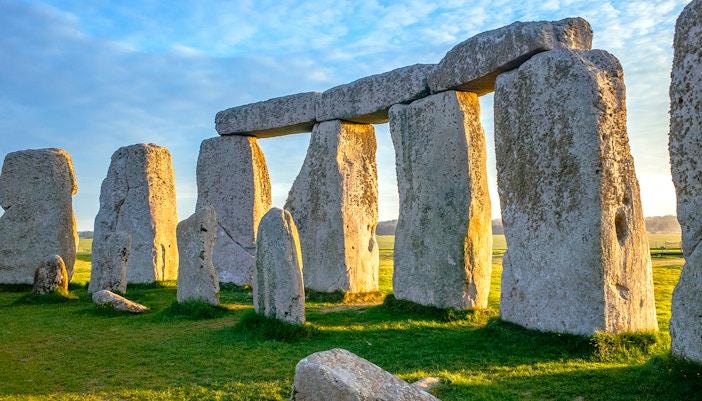
Romans couldn’t resist
Even after its builders were long gone, Stonehenge stayed special. Archaeologists found over 1,500 Roman artifacts near the site, showing it remained a place of pilgrimage or mystery even when togas, not tunics, were in fashion.
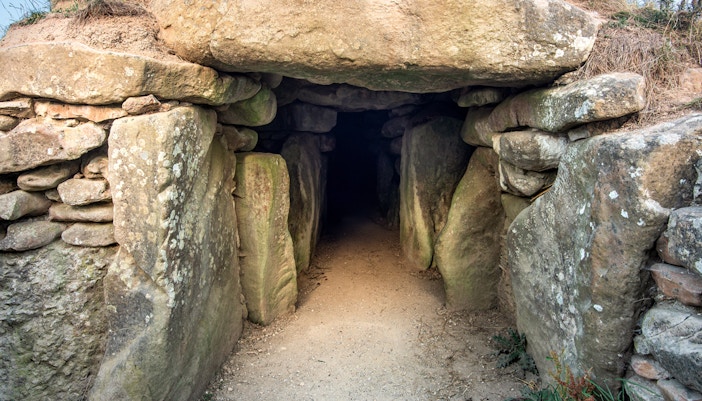
Myths about healing dust
In medieval times, people believed Stonehenge’s stones had magical powers. They scraped off dust to mix into “healing” potions, inspired by the rocks’ mysterious properties, including their ability to ring like bells when struck just right.
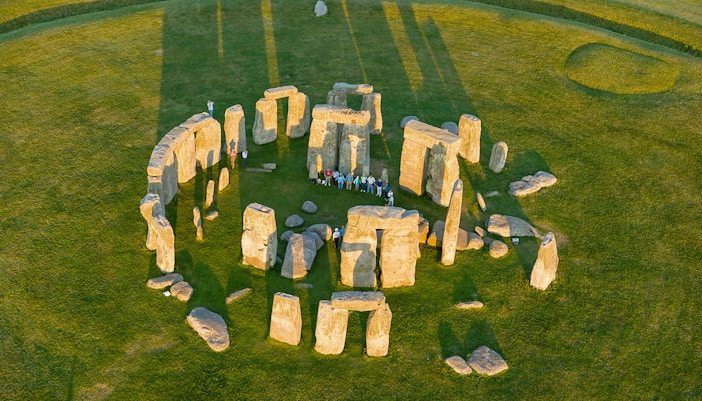
Stonehenge stays unfinished
Not all parts of Stonehenge were completed. Some stones are missing or half-buried, and certain features seem abandoned mid-construction. Whether due to shifting plans or Neolithic drama, it’s possible the builders left it slightly incomplete.
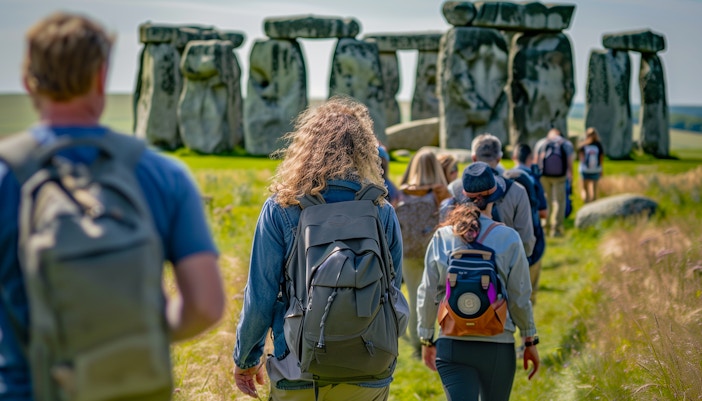
Ancient graffiti game
Stonehenge stones are covered in carvings—from prehistoric axe heads to mysterious later symbols. Some could be personal marks, others ritual doodles. These ancient “graffiti tags” show that Stonehenge fascinated people across many eras, just like it does today.
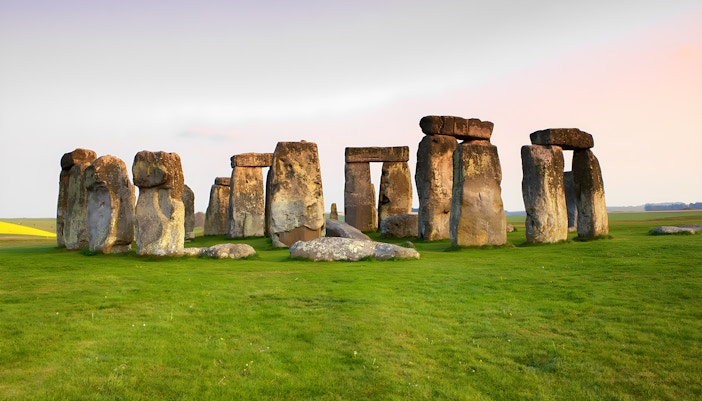
Nobody knows how it came to be
How did ancient people move 25-ton stones from miles away with no wheels or animals? No one’s quite sure. Theories range from wooden rollers to water routes—and yes, some folks still like to blame it on aliens.
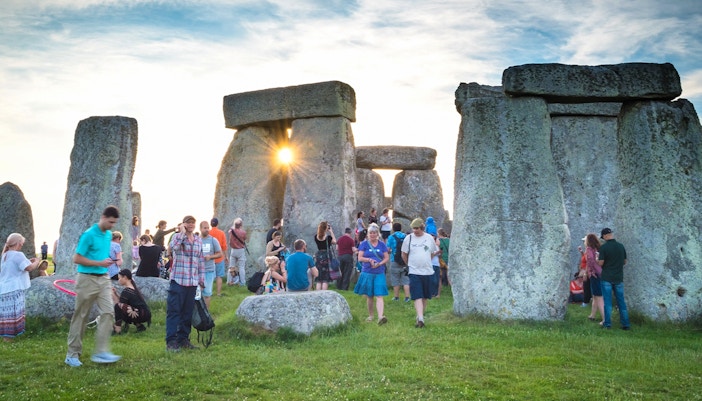
Merlin’s magical delivery
A medieval legend claims the wizard Merlin flew Stonehenge in from Ireland, where giants had built it. Obviously fantasy, but it shows how even in the Middle Ages, people were spellbound by Stonehenge’s sheer mystery and presence.
